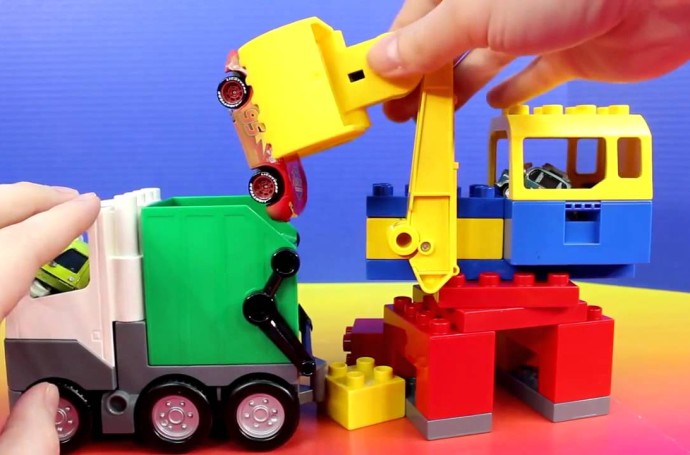
Starting a career is a big step in anyone’s life, and getting off on the right foot is crucial for future success. If you’re just starting out or looking to shift gears in your career, there are a few factors to consider that can help you find a fulfilling job. Below, we explore these factors and give you pointers for finding a job that can offer long-term satisfaction and growth.
Understanding the Meaning of a Fulfilling Career
A fulfilling career varies from person to person, as fulfillment comes from different sources for everyone. Some people find fulfillment in helping others, while others enjoy solving complex problems. It’s a deeply personal matter that aligns with one’s interests, values, and personal life goals.
An individual’s sense of fulfillment often ties to the pleasure they derive from the work they do. It could be a profession that lets you interact and connect with people, deliver innovative solutions, or engage in thought-provoking matters.
A fulfilling career can also imply having a sense of accomplishment, pride, and satisfaction in your work. It provides a chance to constantly evolve, learn, and grow in your chosen field. Some people find fulfillment in achieving a fine balance between their work life and personal life.
For example, if you are strong in strategic thinking and enjoy the art of selling, you might find an online masters in marketing fulfilling, as it would cater to your interests and strengths.
Key Factors To Consider When Choosing a Career Path
It’s important to take the time to understand what you want from a career. One good approach is to think about the working conditions you enjoy, the people you like to work with, and the tasks you would find meaningful and engaging.
You should also consider your interests, aptitudes, and the level of education or skills required for a particular career. You might enjoy a career that involves cooking, for instance, if you are passionate about food and enjoy creative expression in culinary arts. You may want to turn this passion into a career. You can search for “culinary school New York City” to find the right school to pursue your passion.
The Role of Passion, Skills, and Values in Career Fulfillment
Passion for your work can lead to higher levels of job satisfaction. It can motivate you to persist in the face of difficulties or challenges in the workplace. Your passion sparks your desire to make a difference, and it’s something worth considering in the pursuit of a fulfilling career.
Apart from passion, having the needed skills and abilities for a job can contribute significantly to career fulfillment. Effective training and development opportunities can also enhance job satisfaction and career fulfillment.
Moreover, it’s important to consider your own values and ethics when choosing a career. Working in an organization that aligns with your personal values can enhance your sense of job satisfaction and lead to a more fulfilling career.
How Continuous Learning Can Contribute to Career Satisfaction

Continuous learning is key to sustaining success and satisfaction in your career. It not only helps you keep up with industry changes and trends, but it also fosters personal growth and development.
By investing in professional development and continual knowledge enhancement, you’ll increase your value in the job market. This growth can lead to exciting new opportunities, greater job security, and increased job satisfaction and fulfillment.
Building a fulfilling career is a constant journey, and those who are open to learning, enrichment, and personal growth are more likely to find job satisfaction than those who remain stagnant in their skills and knowledge.
A fulfilling career comes from a mix of passion, skills, values, understanding the job market trends, and a keen dedication to continuous learning. It’s not just about what a job can offer you but what you can bring to a job.




